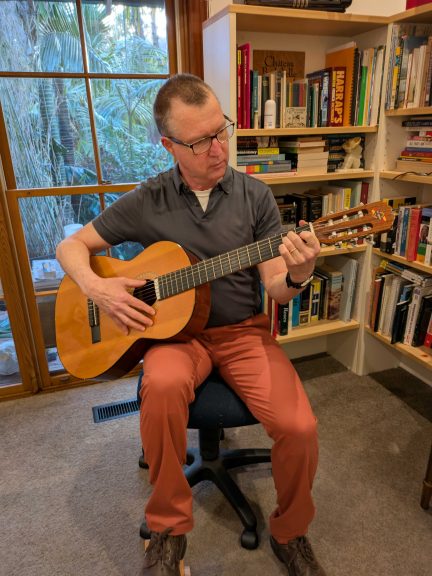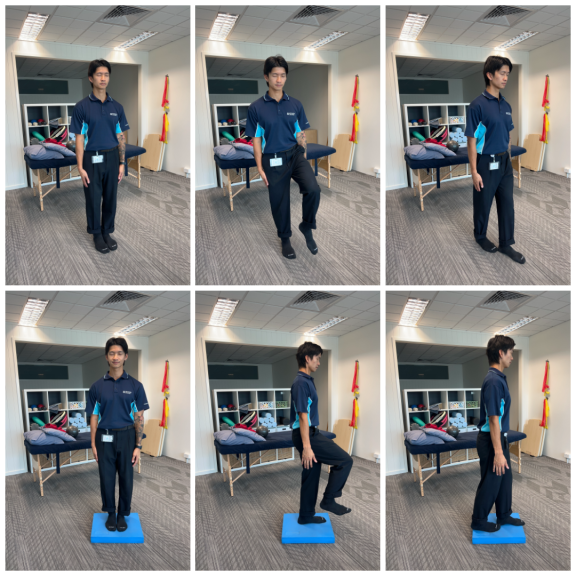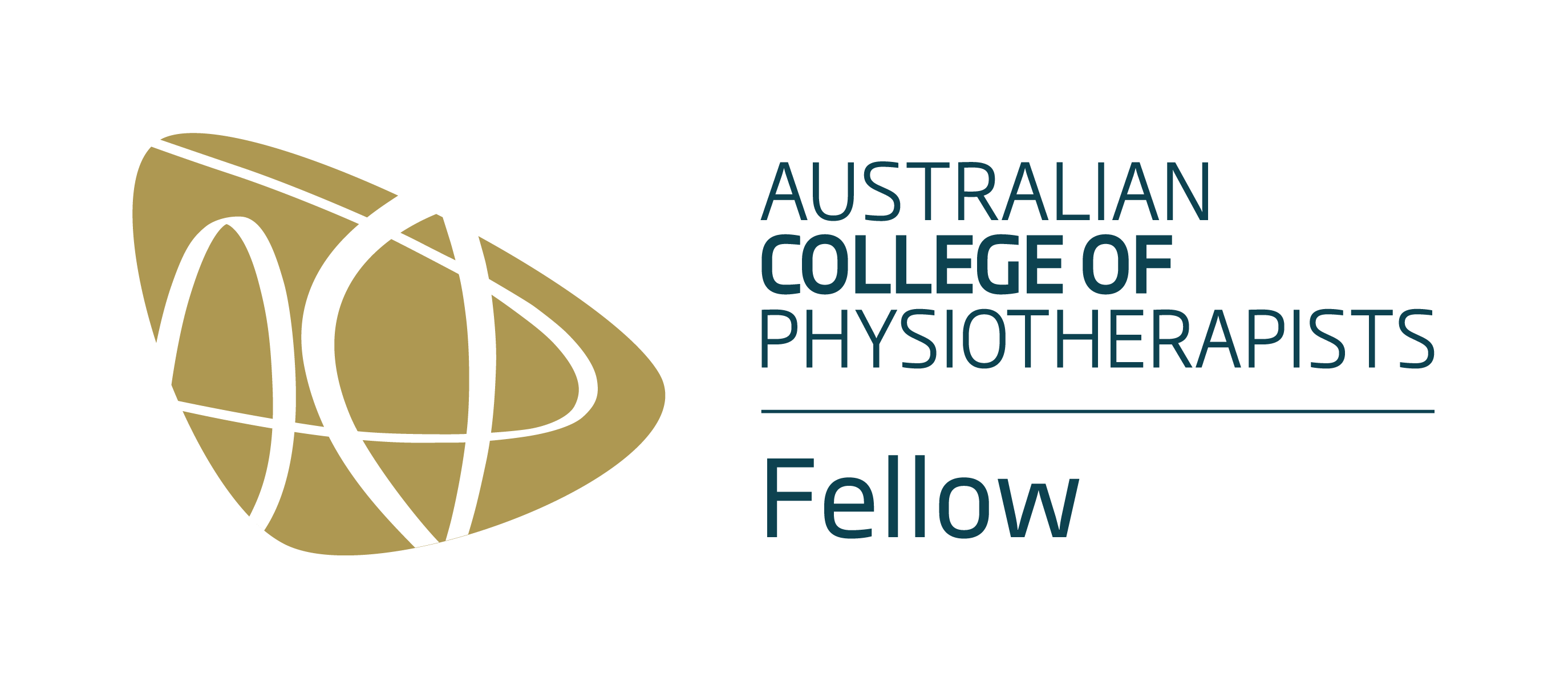Book your Physio Consult Today
Orthopaedic Surgery and Return to Sport - A Brief Summary
Physiotherapy plays a crucial role in an athlete's journey from orthopaedic surgery to their return to sport. Rehabilitation post-surgery extends beyond physical healing, it's about returning to sport with strength, stability, and confidence in your ability. Physiotherapy helps you recover from surgery and tailors your rehabilitation to ensure you are able to return to doing the things you love.
Keep reading to learn about post-operative physiotherapy for some of the most common surgical procedures in the athletic population.
ACL Reconstruction
ACL surgery is one of the most common procedures performed in the younger, athletic population. The rehabilitation process following an ACL reconstruction, from surgery to return to play, can take up to 9-12 months though it is important to note that only roughly 60% of people that undergo ACL surgery actually return to sport and normal knee function; this statistic is not to worry you, but to make sure you have all the information to make an informed decision that is best for you.
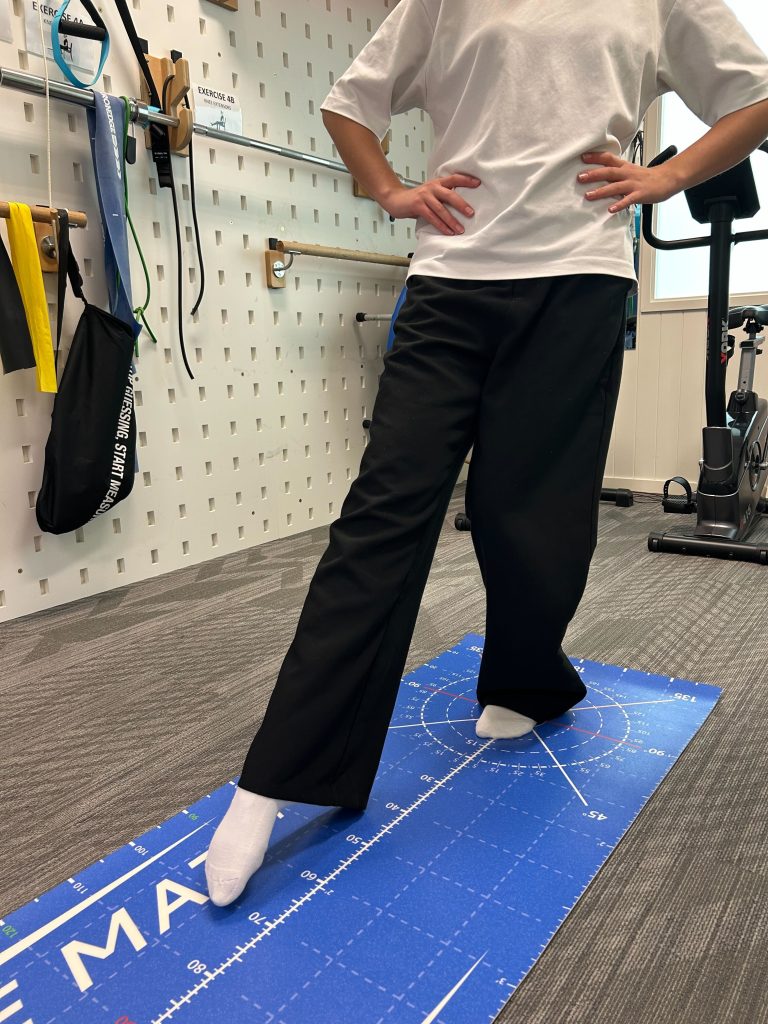
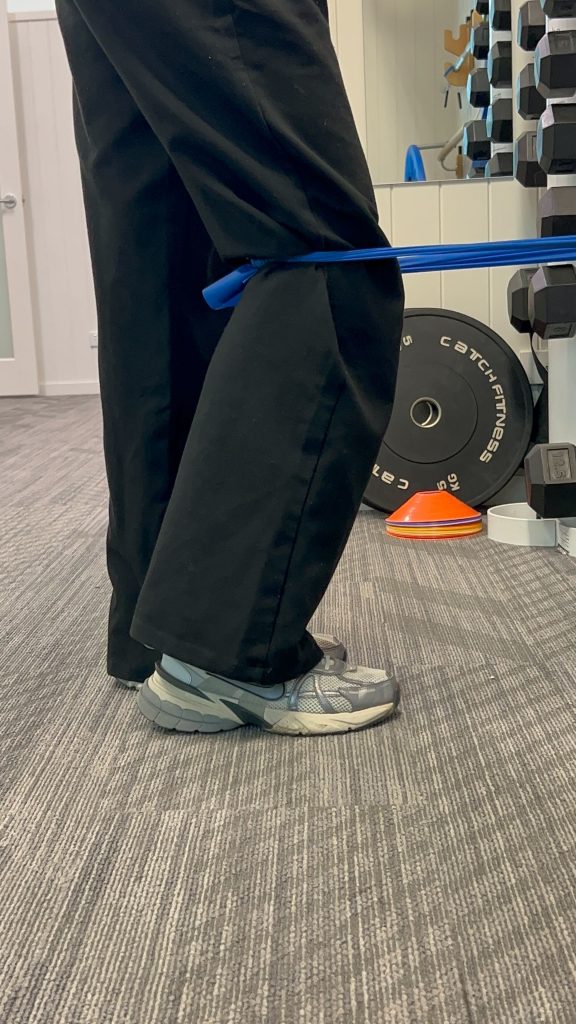
Rehabilitation post ACL reconstruction is broken down into 5 phases:
Phase 1 (0-6 weeks): Recovery from surgery.
Phase 2 (6-12 weeks): Rebuilding strength and neuromuscular control.
Phase 3 (12-20 weeks): Return to running, agility and plyometric activities.
Phase 4 (20-40 weeks): Start sport-specific training and drills.
Phase 5 (40-52 weeks): Return to sport.
Each phase has specific goals to meet before progressing to the next stage. This means in order to reach the next stage of rehabilitation, you must meet the requirements prescribed by your physiotherapist’s assessment rehabilitation plan. It is important to follow these guidelines to ensure there are no setbacks in your rehabilitation and you are able to return to normal activities as soon as possible.
Open Reduction Internal Fixation (ORIF) of the ankle.
Rehabilitation timelines post ORIF of the ankle can vary; time to return to sport can take up to 6 months depending on the individual. Similar to ACL surgery, the first phase of rehabilitation will involve recovering from surgery; it is likely you will be non-weightbearing for a period after surgery, followed by some time spent in a moonboot. During this time, physiotherapy focuses on swelling management, increasing your joint range of motion and gentle but progressive strengthening exercises for your foot and ankle. Once there has been sufficient bony healing and it is safe to commence weight bearing exercise, physiotherapy targets improvement in your single leg balance, strength of your leg, eventually advancing you to a return to running program.The last phase of rehabilitation re-introduces agility training, high speed change of direction, perturbation and sport-specific drills to prepare you for return to play.

Labral Repairs (Shoulder)
Labral tears are a common sports-related injury, particularly in throwing/catching sports due to the repetitive high-intensity demands of the shoulder. The labrum is similar to a knee meniscus, giving added contour within the shoulder socket and optimum cushioning of load and forces from activity. The recovery timeline for a labral repair surgery can vary depending on the surgical approach though it is likely to take 4-6 months to return to sport.
The shoulder is immobilised in a sling for a period of time after surgery to allow for tissue healing; physiotherapy during this time works with protected movements in a restricted range of motion, accompanied by soft tissue massage for pain and swelling management.
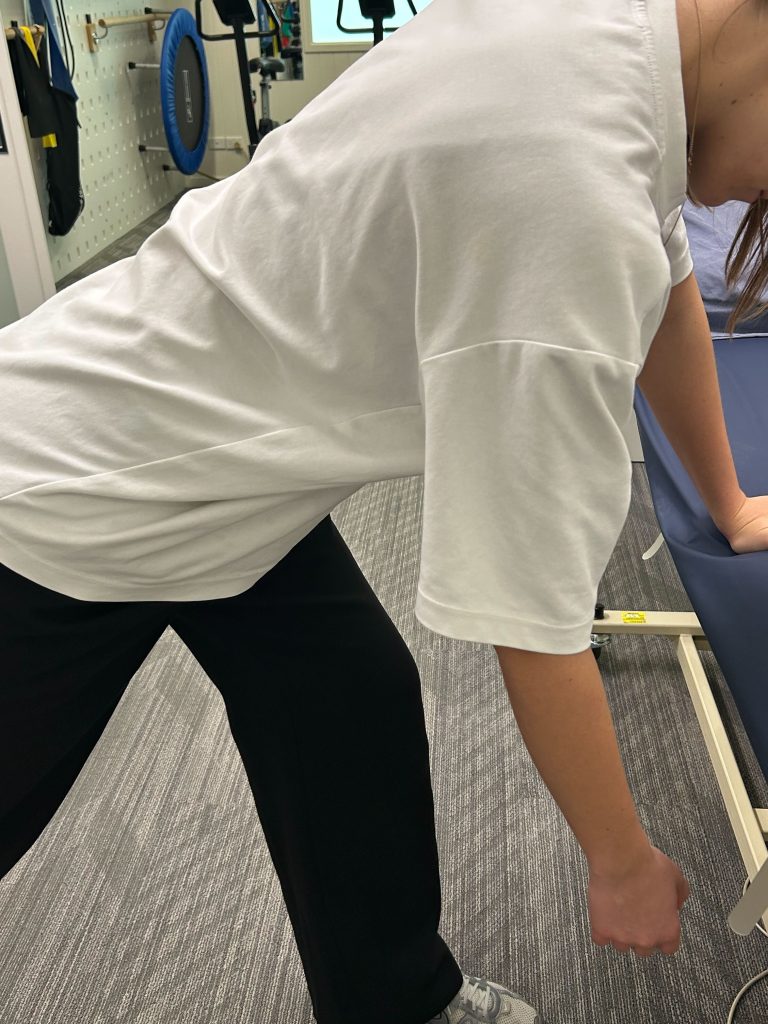
At two-four weeks, or when the go ahead is cleared by your surgeon, commence full range of motion exercises and gentle strengthening exercises for the rotator cuff and shoulder stabiliser muscles. Some pool work or hydrotherapy can also be beneficial during this rehabilitation phase.
After approximately eight weeks, rehabilitation progresses to shoulder strength and endurance training, pursuing full range of motion, strength, power and dynamic stability. Exercises during this phase will include full body movements and start to integrate sport-specific exercises.
The last phase of rehabilitation (12+ weeks) is a graded return to full training and sport; the type of exercise will differ depending on the demands of the sport.
Achilles Tendon Repair
Tendon reattachment surgery is a common surgical procedure among the sporting population, requiring careful load management throughout rehabilitation. Time to return to sport post achilles tendon reattachment surgery is approximately 5-6 months and can be broken down into the following stages:
Stage 1 (0-2 weeks): Recovery from surgery. Non-weight bearing on crutches.
Stage 2 (2-6 weeks): Commence physical therapy. Progress to weight bearing with a moonboot. Physiotherapy during this phase will aim to restore foot and ankle joint range of motion (except dorsiflexion), introduce controlled resistance exercises and minimise swelling.
Stage 3 (6-12 weeks): At this stage there is adequate tissue healing to allow for full weight bearing and the gradual introduction of dorsiflexion. Exercises during this phase of rehabilitation will include single leg balance and joint awareness exercises, as well as progressive strengthening of the calf and foot muscles.
Stage 4 (3-6 months): The final stage of rehabilitation will focus on a graded return to running followed by agility and plyometric exercises, working up to high speeds and eventually, return to sport training and play. It is important to continue the progressive overload of strength and balance exercises during this period. This allows the tendon repair to be robust.
Why is post-operative rehab important?
Recovering from surgery can be painful, not to mention physically and mentally challenging; it can be difficult to know what is safe to do, and how to do it. That’s why physiotherapy is important- we are here to help you manage your pain in the early stages, and guide you through your rehabilitation from the start to the end, ensuring you are progressing through each phase of rehabilitation at the right time and with the right help.
Physiotherapy empowers you by:
- Enhanced Recovery
- Improved quality of life
- Reduce long term disability
- Giving you the right advice and tools to rehabilitate
Return to Sport Timelines- Summary
| Surgical Procedure | Time to return to sport |
| ACL Reconstruction | 9-12 Months |
| Ankle ORIF | 5-6 Months |
| Achilles Tendon Repair | 5-6 Months |
| Shoulder Labral Repair | 5-6 Months |
What makes Rehab at Peak MSK Physio different?
At Peak MSK Physio, we understand that returning to sport after surgery is about more than just healing—it's about rebuilding to perform stronger, smarter, and safer. What sets us apart is our commitment to comprehensive care across every phase of your recovery. We don't just provide exercise programs; We assess and measure your rehabilitation. We love numbers. We combine tools like cryocuffs for optimal swelling management, crutches and splints for early protection, dynamometry (strength measures) and personalised treatment plans tailored to your sport, surgery, and goals.
Benchmark → Strategise → Activate → Evolve → Repeat
Peak MSK Physio ensures that athletes move through recovery with confidence, focus and clarity. We do this with evidence-informed rehab, strength and conditioning principles, and functional performance testing. Whether you're just preparing for surgery or making your final push toward full competition, we're here to support your comeback - every step of the way.










